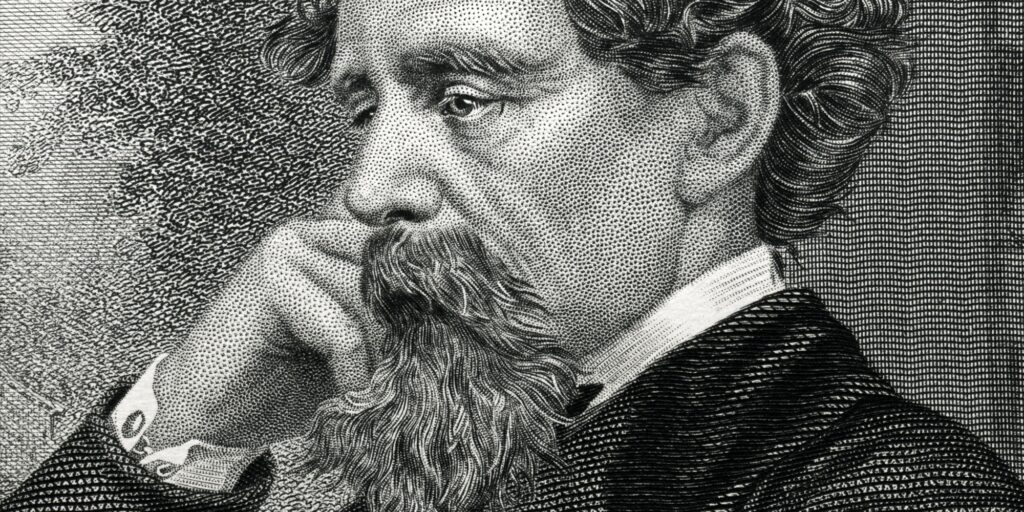
Oliver Twist… Great Expectations… A Christmas Carol… A Tale of Two Cities…
Each of these works depicts the stories and struggles of the lower class. Each written by Charles Dickens, born 204 years ago this week. A pioneer of English narrative fiction, Dickens told stories of family, love, work, and politics through a perspective of poverty. With the popularization of the novel, Dickens brought the voices of the poor to rich and powerful ears – as, in Victorian England, to be able to read one of Dickens’s novels required, of course, the ability to read (itself a privilege usually reserved for the wealthy). A celebrity in his day, Dickens brought much needed attention to the economic inequality stimulated by urbanization and the Industrial Revolution. To this day, anyone who’s ever been strapped for cash can probably relate to one of his stories. And so, his stories will probably always be told – as poverty is still alive in 2016. That’s why, in our efforts to end lesbian, gay, bisexual, and transgender (LGBT) youth homelessness, poverty needs to be part of the conversation.
8.2% of lesbian, gay, and bisexual youth and 4.9% of transgender youth cite family poverty and/or lack of affordable housing as the primary reason for their homelessness. And once one is experiencing homelessness, access to wealth and opportunities becomes a way out. Homelessness is, itself, a state of poverty.
Lack of legal protections, high rates of discrimination and harassment at work, and lower rates of health insurance all contribute to economic insecurity among LGBT individuals. Transgender Americans face high rates of unemployment and are four times as likely to have annual incomes of less than $10,000. Poverty rates are higher among women, with nearly 30% of bisexual women and 23% of lesbian women living in poverty.
A home itself is part of your overall wealth. It’s a place that is yours. Furthermore, when it comes to seeking out jobs and opportunities, a home address is often required. A home can open doors to economic stability and, eventually, prosperity. In order to prevent and end homelessness for all youth, we must develop real-world solutions to poverty, investigate it’s causes, and incorporate it into the conversations we have. Our approaches to youth homelessness, poverty, and LGBT health and equality must overlap and cooperate just as the issues affecting young people do.
Sources: Center for American Progress, TalkPoverty, National Center for Transgender Equality, National Gay and Lesbian Task Force
